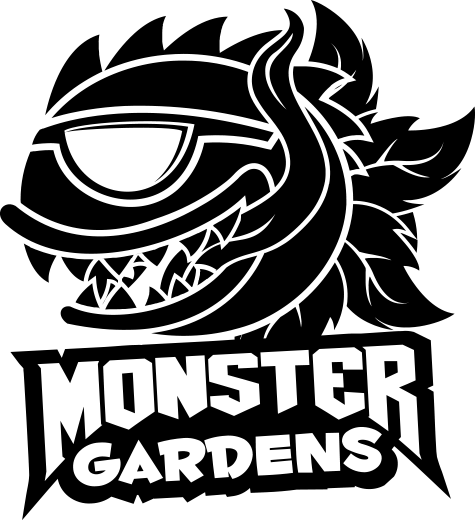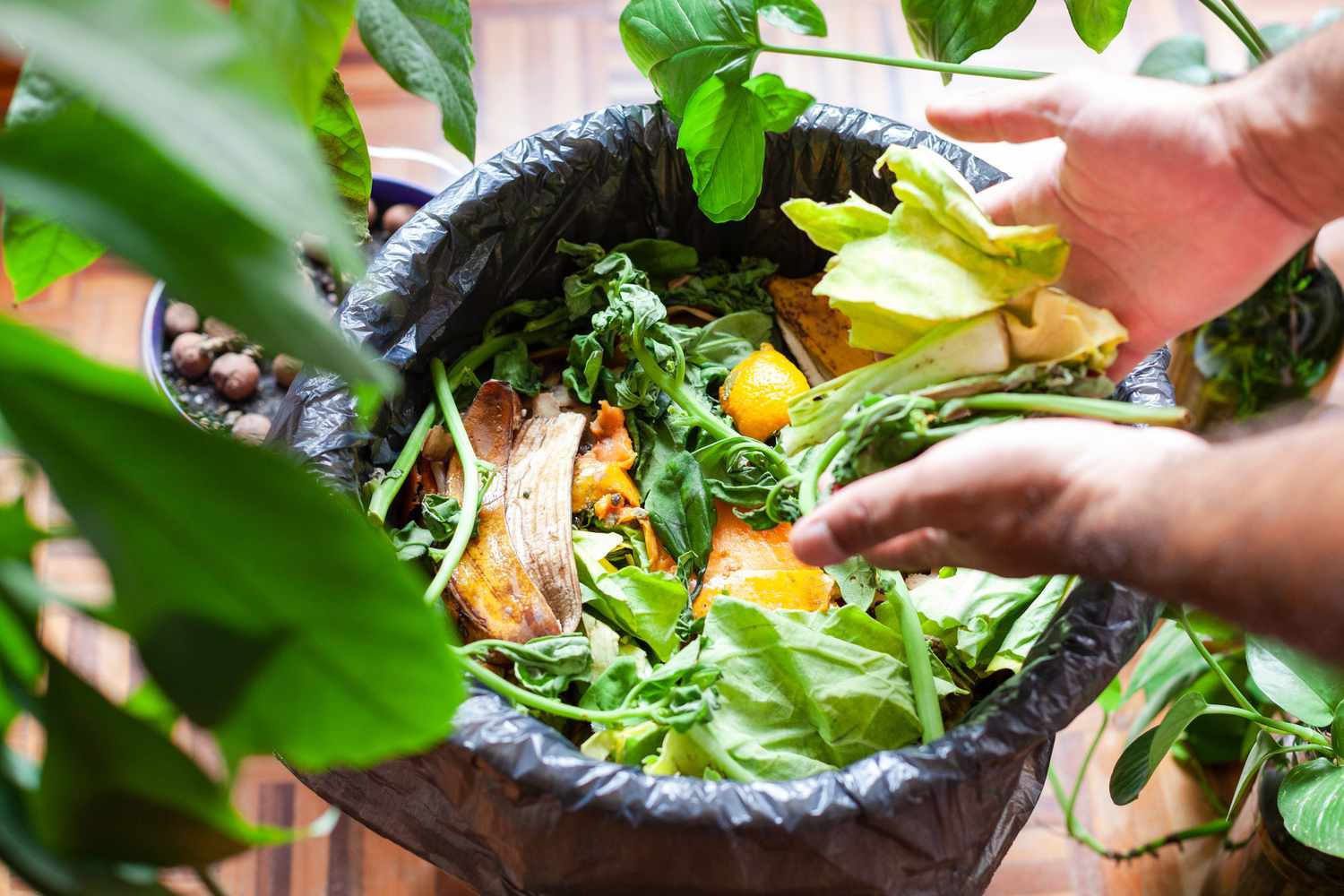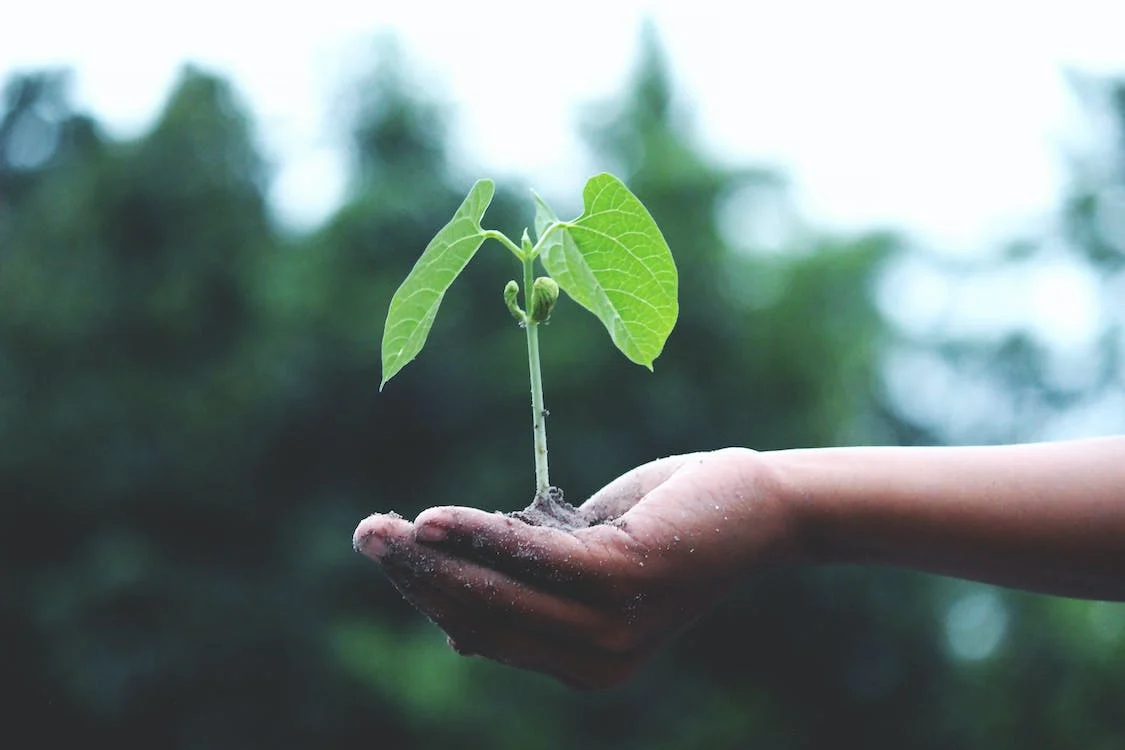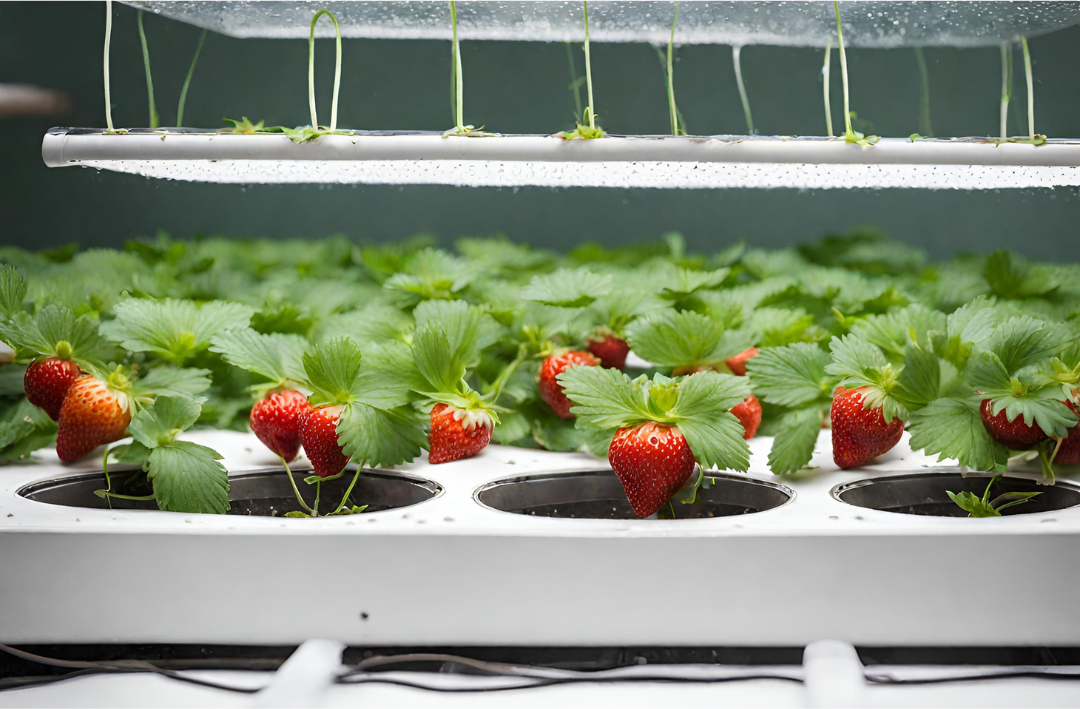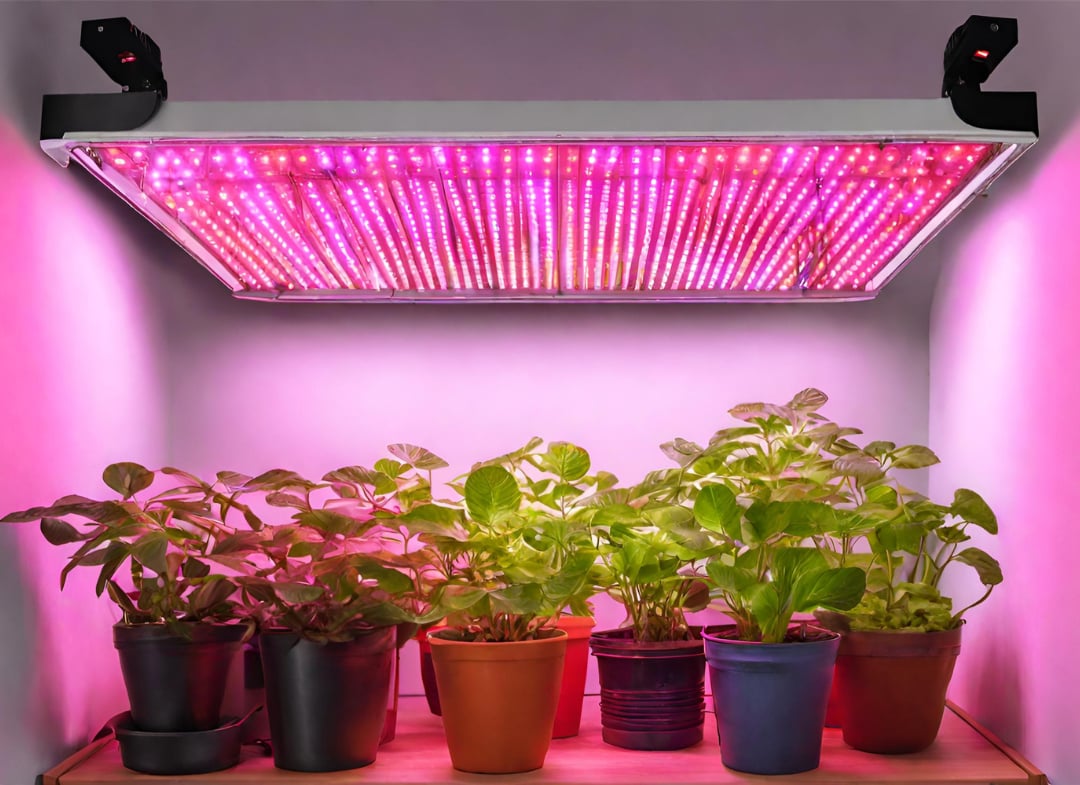
How to Manage Low Humidity in Your Hydroponic System
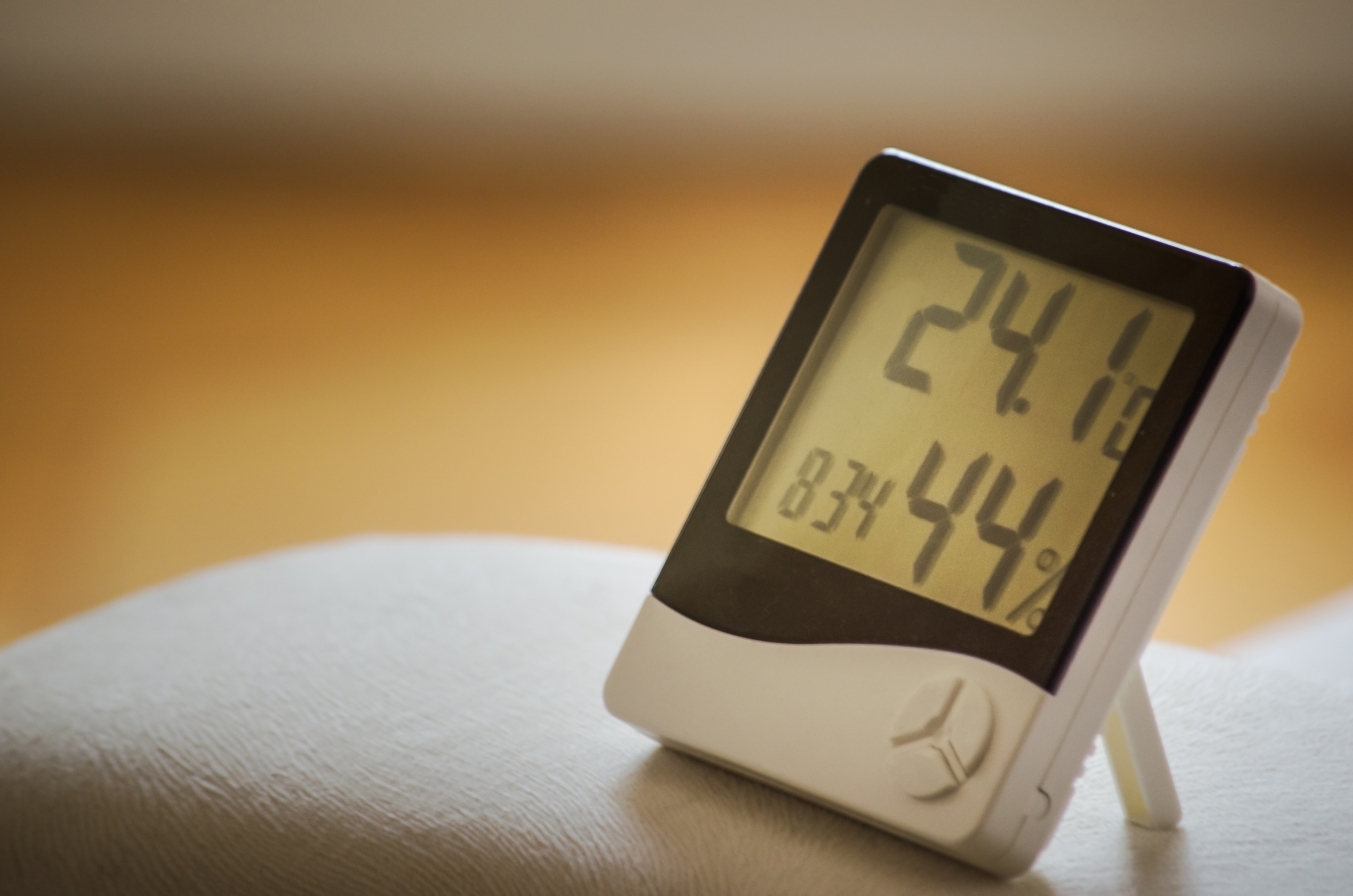
Low Humidity in Hydroponics
When we think of our ideal garden full of thriving plants in a steamy greenhouse, we normally don’t consider low humidity as a potential issue for plants. Nevertheless, numerous environmental or operational factors can contribute to a growing space having an undesirably low humidity level that negatively affects the health of your plants. In order to prevent this silent plant killer, it’s important to identify potential causes, signs, and solutions so that your plants can breathe balanced and healthy air.
Effects of Low Humidity on Hydroponic Plants
The primary effect of low humidity on hydroponic plants is water loss through transpiration, which is the process where water vapor is released through stems, leaves, and flowers. While this is a vital physiological process for plants that helps them regulate temperature, transport nutrients, and maintain their structure, excess transpiration leads to dehydration and ultimately death. Plants usually respond to water loss by closing their stomata, but prolonged stomatal closure restricts the entry of carbon dioxide through the leaves and leads to a decrease in nutrient uptake. Low humidity also causes accelerated evaporation, where moisture is pulled away from the plant into the atmosphere.
The main signs of dehydration in plants are leaves that are wilting, drooping, curling, or desiccated. Plants can also experience stunted growth or suffer from pests, diseases, and powdery mildew. While these changes can occur for other reasons as well, it’s important to consider low humidity as a major factor.
Why Do Hydroponic Plants Suffer From Low Humidity?
There are a few major reasons hydroponics plants may struggle due to low humidity in a growing space:
- Regional climate plays a role in an indoor environment. If you live in a hotter and dryer region with lower humidity, chances are your house, outdoor tent, or greenhouse will replicate those conditions.
- Poor ventilation in your growing space. Improper circulation leads to stagnant air, which contributes to lower humidity levels.
- Dehumidifying equipment, while a valuable aspect of a growing system, can have the inadvertent effect of making humidity levels too low.
- The ratio of the amount and size of your plants to the size of your grow room/tent has an effect on the quality of the air. Plants create their own conditions, and the humidity in the room is largely dependent on how much the air is getting circulated by the plants themselves. If the room is too big, plants won’t be able to produce enough moisture through transpiration.
How to Fix Low Humidity in Hydroponics
There are a multitude of ways to balance the humidity in your grow space. Depending on your particular problem, any one solution or combination of solutions could be right for your situation.
- Use humidifiers to increase the humidity in the room. Make sure the type, strength, and amount you are using correlate to this size of the room and the extremity of the problem.
- Maintain a balanced ventilation system. While you want good air circulation, too much air flow can dry the room out. You should equip your grow tent or grow room with a good exhaust system that extracts stale and warm air out from the top of the room/tent, and draws in cool air from the bottom up through the to the plant canopy.
- Use a hygrometer to measure the relative humidity in the room. Getting a daily reading helps you to make necessary adjustments to keep a balanced humidity level.
- Seal your growing area so that air doesn’t leak out of the space. Sealing is an important part of the initial set-up of a hydroponic system, but you should also check frequently for any gaps or leaks.
- Install a misting system so that the air is injected with water droplets throughout the day.
- Use plants that naturally increase the humidity in a room. There are a variety of non-edible plants that are easy to grow and can be a fun way to create a healthier growing environment for your hydroponic plants. Jade plants are great for this type of climate control, as they perform evapotranspiration at night, which can be useful during the darker and colder months of the year. Other plants to consider are spider plants, golden pothos, and peace lily.
Perfect Your Hydroponic Ecosystem
Maintaining a hydroponic system and warding off issues with low humidity requires consistent care and effort, but it can be made easy with the right equipment and knowledge. Hygrometers, thermometers, humidifiers, exhaust pumps, sealing equipment, and your type of grow room/tent are all integral elements for keeping a balanced humidity level. Most of all, paying close attention to the daily conditions in your space will help you to calibrate your operation as needed.
Sources:
About the Author

